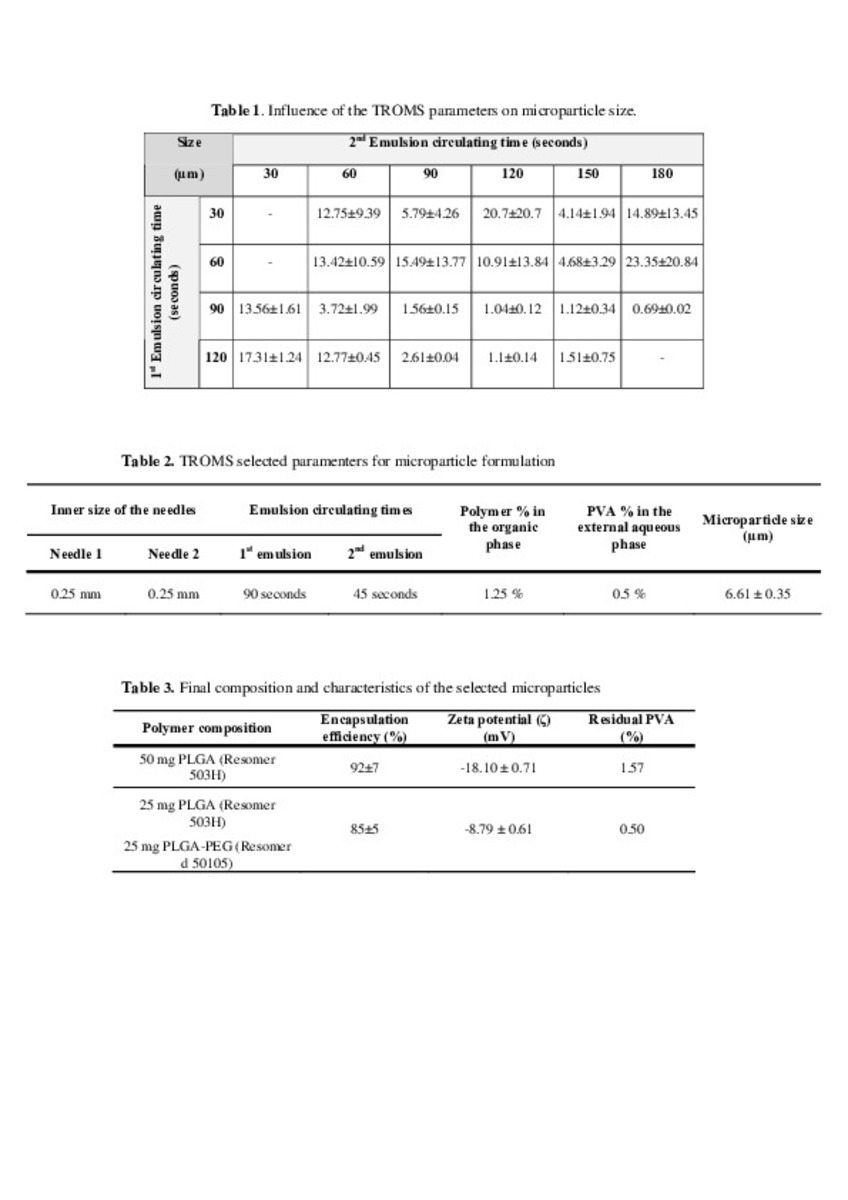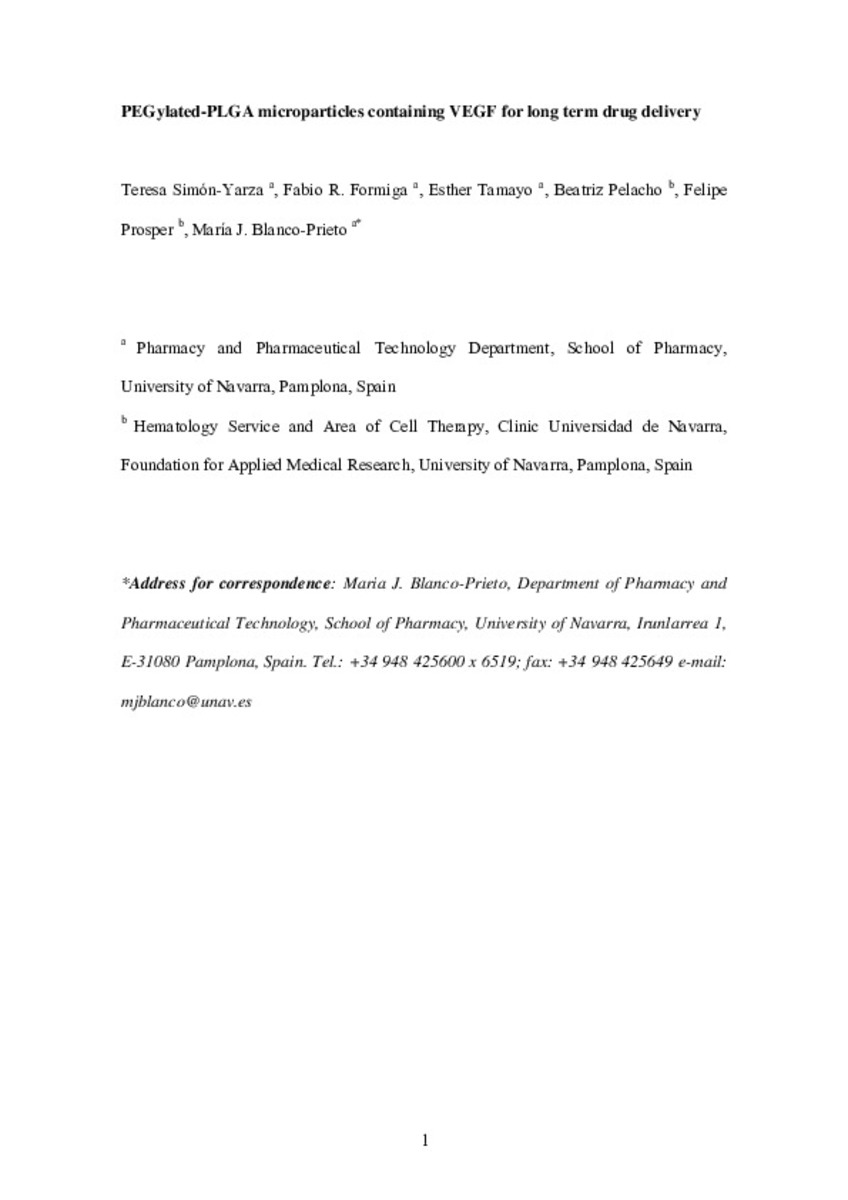PEGylated-PLGA microparticles containing VEGF for long term drug delivery
Palabras clave :
PEG
PLGA
Macrophage uptake
VEGF
Protein delivery
Fecha de publicación :
2013
Cita:
Simon-Yarza T, Formiga FR, Tamayo E, Pelacho B, Prosper F, Blanco-Prieto MJ. PEGylated-PLGA microparticles containing VEGF for long term drug delivery. Int J Pharm 2013 JAN 2;440(1):13-18
Aparece en las colecciones:
Estadísticas e impacto
0 citas en

0 citas en

Los ítems de Dadun están protegidos por copyright, con todos los derechos reservados, a menos que se indique lo contrario.













